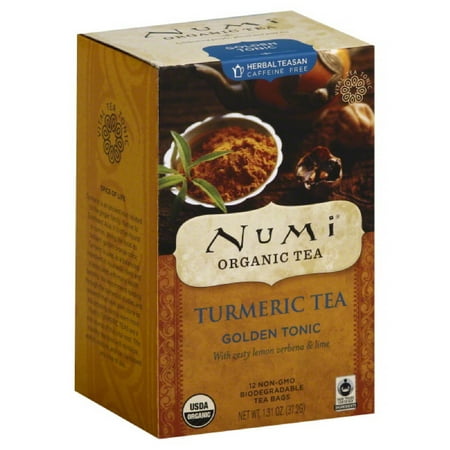It’s surprising that even many types of fish that are fit for consumption have been polluted as they are raised on farms. Mostly because they have been known to have been fed feces in some cases and in other cases the bare minimum of anything that is cheap. If you eat seafood, unless you catch it yourself or ask the right questions, chances are that it comes from a fish farm. The aquaculture industry is like a whale on steroids and growing faster than any other animal agriculture segment and now accounting for half the fish eaten in the USA.
There is much about sea food many people are unaware of and choose their food based on taste alone. But in many cases what you are eating can do your body more harm than good.
Make sure that the fish you choose to eat, not only are wild caught, but have fins and scales. Anything else is not fit for consumption and can cause health problems.
The nutritional value of farmed fish is unreliable
This presents a frustrating paradox for those who eat fish for their health because the nutritional benefits of fish are greatly decreased when farmed. Consider omega-3 fatty acids. Wild fish get their omega-3’s from aquatic plants. While on the other hand, farmed fish many times are fed corn, soy, or other feed that contains little or no obmega-3’s. The unnatural, high-corn diet many fish are given also means some fof them accumulate unhealthy levels of the wrong fatty acids. In addition, they are routinely dosed with antibiotics, which can cause antibiotic-resistant disease in people.
Farmed fish are loaded with disease which often spreads to wild fish populations.
Farmed fish are packed as tightly as peas in a pod, it is typical to have twenty-seven adult trout scrunched into a bathtub sized space. Unnatural conditions such as this attribute to diseases and parasites, which often migrate off the farm and infect wild fish populations. In one scenario on Canada’s Pacific coast, sea lice infestations have been found to be responsible for mass kill-offs of pink salmon that have destroyed 80% of the fish in some of the local populations. But the damage doesn’t stop there. Eagles, bears, orcas, and other predators depend on salmon for their existence. The decline in wild salmon numbers cause these species to drop as well.



Recent Comments